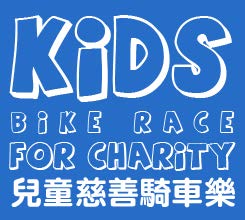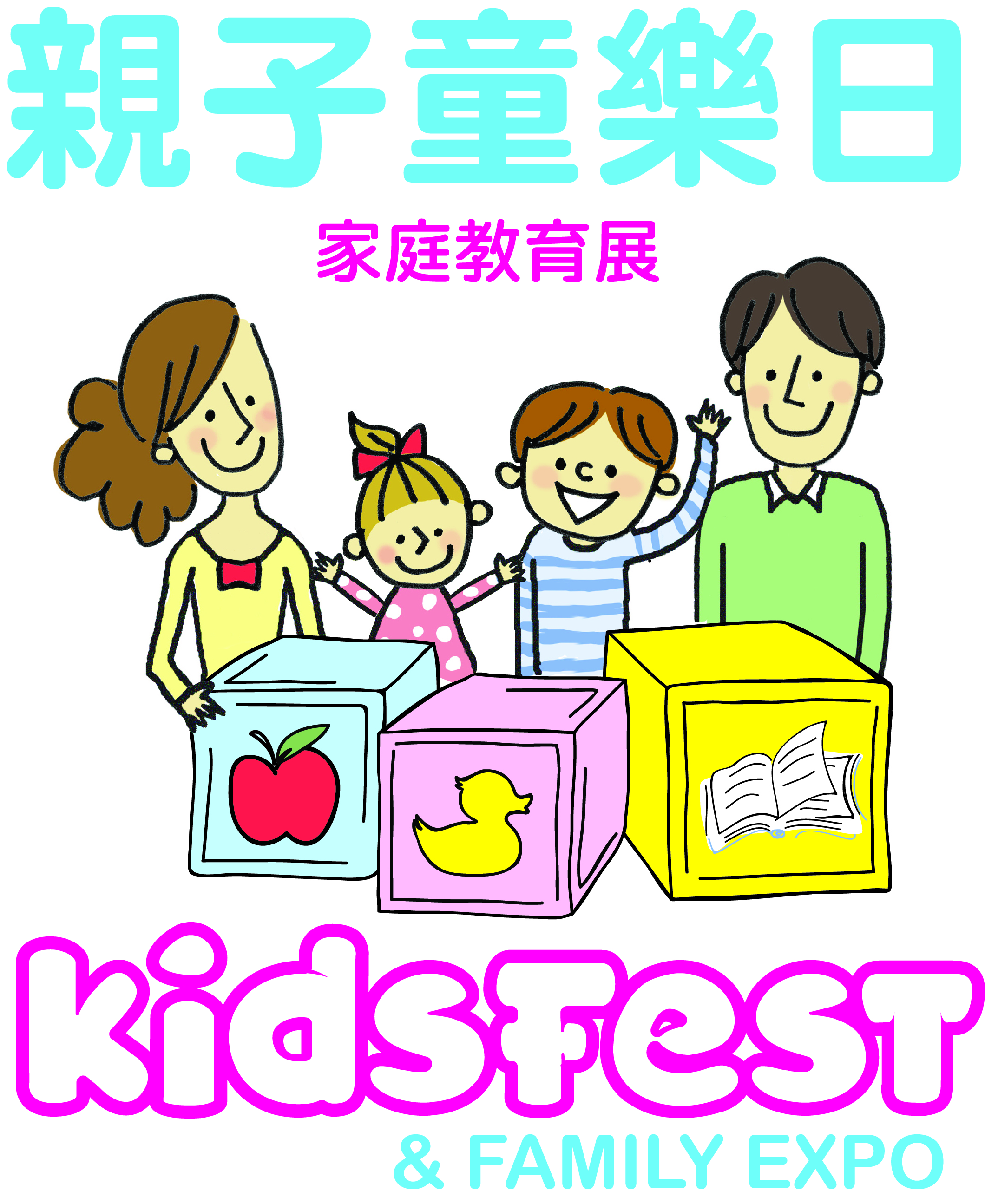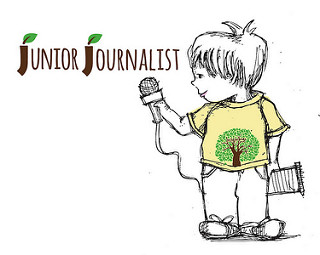孩子閱讀能力增長的15個重要里程碑
Ever wondered what goes on between conception and your child begging to go to the library/ bookstore/rack up serious dollars on your Kindle? Here’s how it all unfolds.
1. Their pre-reading development starts in the womb
媽媽在懷孕期間會多和寶寶說話和唱歌,更有效增強寶寶大腦讀寫能力發展
At 25 weeks gestation – before your baby even gums their first book into submission, the part of the brain that deals with sound (the auditory cortex), starts to develop. Lyn Stone, founder of Lifelong Literacy says everything from lullabies, speaking in a sing-song voice through to baby talk, all contribute to auditory development, which is phase one of literacy (and therefore, reading) skills development.
2. They learn what different tones mean
孩子很快能辨認不同語氣或聲調代表的意思
The ability to tell sounds apart from one another; starting with voice tone (for example, knowing when a parent is happy or cross, or differentiating a range of words) is an important reading milestone. Lyn says when they hit the age this ability can be formally tested, it has proven to be a great predictor of future literacy success.

3. They gum their books into submission
孩子在6個月的時候很喜歡拿起書本玩啥
Where there is a six month old, there is a string of discarded books with teeth marks and drool all over the covers.
4. They get all grabby when the books come out
孩子在1歲至1歲半期間,對書本里的物品產生濃厚興趣
Lyn says at around 12-18 months, many children can show genuine interest in books, especially those containing familiar objects. “They’ll begin pointing at and naming various objects, and making the sounds the objects in the book would make.” Of course, most of us have also experienced our child pointing to a giraffe and making a lion’s roar noise.

5. You find them holding their own books and ‘reading’ them
你會發現孩子時常拿著書本在認真“閱讀” 即使他們還看不懂
One of my most treasured family photos is my eldest son at six months of age, reading a book with a very serious expression on his face. We were certain we had a prodigy on our hands until we noticed the book was upside down.
6. They get a favorite book
孩子擁有自己最愛的書本,甚至能倒背如流
This is the book they (and you) can recite without even having to turn the pages, and the one you develop a nervous twitch about seeing at story time – knowing you’ll be reading those same pages for the 500th time.

7. They bust you skipping pages
如果你在講故事的時候漏掉了哪一頁,孩子能馬上發現
When they are babies, you can get away with craftily skipping the odd page when you’re just not feeling it at story time. Then one day you’re trying to steam through, and they pipe up with an outraged, “HEY, YOU MISSED A PAGE”. While the first few slips can be covered up with a “oh, the pages must have gotten stuck together, whoopsy,” be warned: your page skipping days are numbered.
8. Bedtime is book time
睡前閱讀時間很重要
Though you may have been reading to them since birth (highly recommended to encourage a love of reading), around six months of age, stories at bed time become non-negotiable. You want them to go to sleep? Make with the story.

9. Your walls are no longer safe
孩子喜歡在牆上寫寫畫畫
If you’ve ever found yourself searching in vain for the silver lining to your child’s delightful ‘wall art’, a.k.a scribble, here it is: it’s a literacy milestone. Yup, Lyn says at around the 12-18 month stage, your toddler will start scribbling, which is a foundation for turning speech into print.
10. They start to twig the main thrust of a story comes from words and not pictures
孩子不再只愛看圖畫,開始從文字理解故事內容
Between the ages of two and four years, Lyn says children begin to realise that words, rather than pictures, carry the meaning of a story. From here, they’ll start to pick out familiar letters and their corresponding sounds.
“This is the beginning of a wonderful phenomenon called ‘the Alphabetic Principle’ – a realisation that speech can be turned into print and that print can be turned into speech.” She says once this principle lands, a child’s appetite for reading and writing becomes a mission.

11. Your child’s appetite for reading and writing becomes a mission
孩子喜歡閱讀和寫作的慾望讓他們經常逛圖書館,書店
You will know when this milestone hits. You will be constantly begged for trips to the library, bookstore, or any other place that stocks the written word (op shops are fabulous for this stage.)
12. What they are starting to learn through school translates into advanced reading skills
孩子在4至6歲開始,通過學校的學習不斷提高讀寫能力
From four to six years of age, Lyn says children typically begin to recognise the sounds and symbols of written language. As they practice blending and segmenting units of sound in the words they are reading and writing (with lots of practice and quality phonics instruction), Lyn says most will begin to read and write at higher and higher levels, though she notes there is often a wide variation between children’s skills levels at this time.
13. Your child has been quiet in their room for half an hour, and when you find them, you discover them engrossed in a good book
你會發現孩子獨自在房間閱讀好書
And when they see you, they briefly look up, clearly still half in another world, before returning their attention to the pages.

14. They enthusiastically share the plot line of the novel they’re reading
And talk about the characters like they are real people.
孩子會很熱衷與你分享書中的情節和人物
15. You find yourselves lying side-by-side, each reading your own books
與孩子彼此分享自己喜愛的書本
Any adult bookworm that has enjoyed an hour or two next to their happily reading offspring can tell you: there is no joy quite like sharing your love of books with your kids.
Credit to kidspot.com.au
Read full article:
http://www.kidspot.com.au/the-15-most-important-reading-milestones/?utm_source=facebook&utm_medium=post&utm_campaign=editorial







